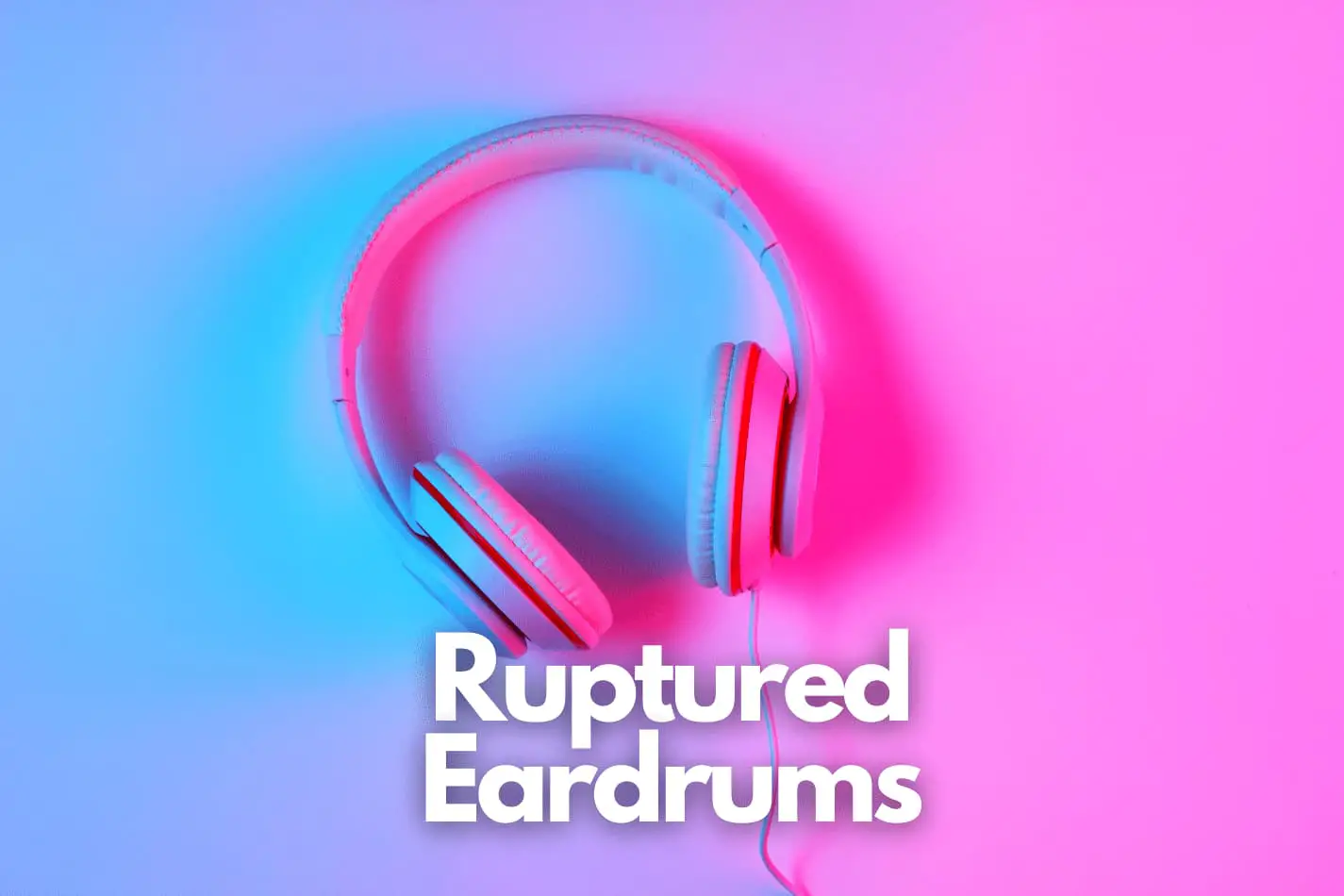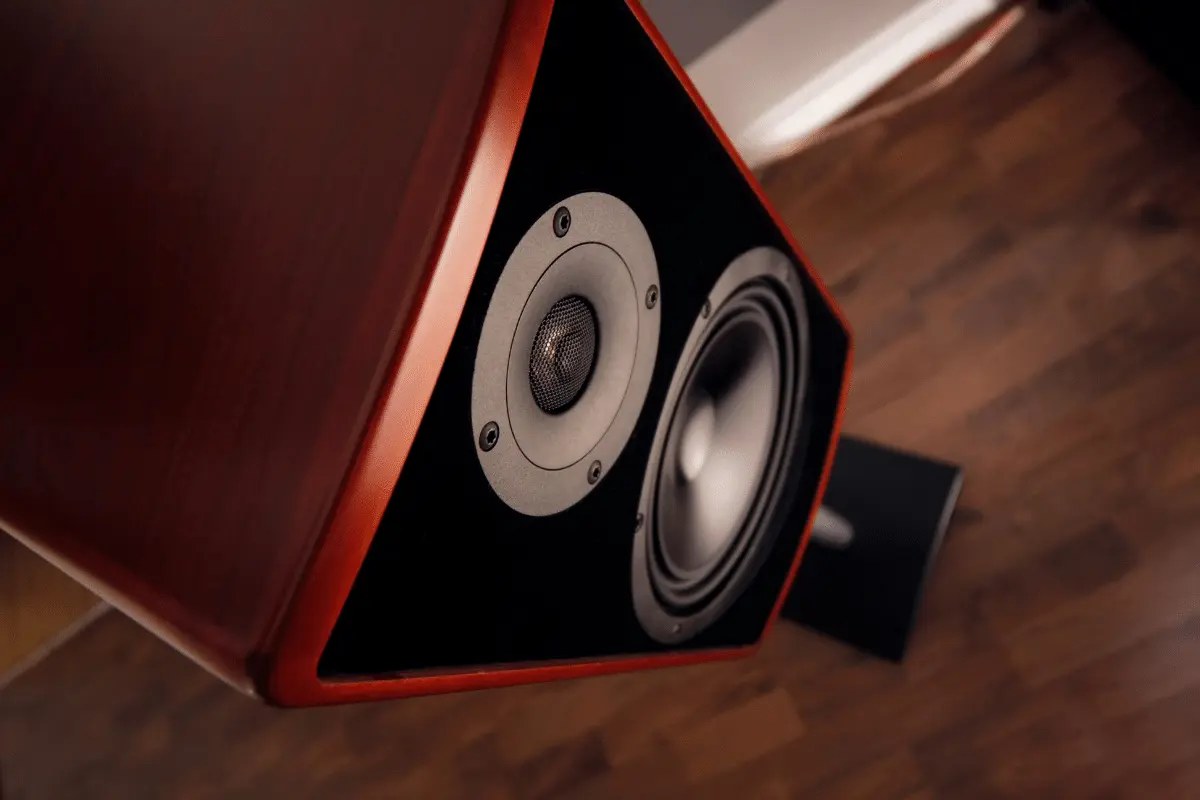You may have a burst eardrum if you’ve been exposed to extraordinarily loud noise, such as an explosion, or if you’ve been next to enormous speakers at a rock event and are experiencing ear pain and difficulties hearing properly.
This ear and hearing impairment is caused by more than just loud noise. Infections in the middle ear caused by a build-up of fluids that put pressure on the eardrum, head injuries, and placing hairpins and cotton buds in your ear to remove earwax can result in a perforated eardrum.
Sudden and significant variations in air pressure, such as those found on flights and while scuba diving, can damage the eardrum, resulting in pain and hearing loss that may necessitate a hearing test to evaluate the severity.
Noise — too much of it, too loudly, and sometimes over a long period — is the most prevalent cause of burst eardrums.
Suffering from eardrum rupture will also deprive you of many things if not even changing the course of your lifestyle. In this article, we want to find out if persons with ruptured eardrums or perforated eardrums, as they are often also called, can still use headphones.

Can I use headphones with a ruptured eardrum?
We can attempt this question in two ways; we can say yes, you can still use headphones with a ruptured eardrum, and NO, you cannot.
To completely and carefully make anyone of such recommendations, you will have to know the history of the cause of the rupturing.
Let us begin with the yes part of the answer.
The severity of the rupture
If the rupture is mild or still at an early age, you may still be able to use your headphones.
However, considering that one of the causes of eardrum rupture is loud noise which can also come from headphones, your operating volume needs to be as low as possible. Working with high volumes might add on or make your situation worse.
Secondly, if the rupture has not yet affected your hearing ability, you still stand the chance of using your headphones and doing so at very; low volumes. Allowing one with a ruptured eardrum to use headphones depends on whether this person can exercise enough self-discipline.
Thirdly, there are also special designs of low-volume headphones that can perfectly suit the situation of anyone with a ruptured eardrum.
Using volume limiter
The volume limiter reduces the audio output volume to a safe hearing level. They’re also known as integrated “hearing protection” and are a common feature in children’s headphones, although they’re also available in adult headphones. The maximum loudness of most level limiters is set at 85dB or less.
On the other side of the story, using headphones with a ruptured eardrum is not advisable. The severity of the damage you are already facing is causing you a lot of pain and hearing impairment; using headphones might only bring you more misery, further pain, and worsening hearing loss.
Also, if you are that type that doesn’t listen to music at moderate volume but has a ruptured eardrum, you will be advised to stay away from using headphones permanently.
When headphones are playing, some vibrations occur in the ear; these vibrations will bring more pain, induce pressure on the already ruptured eardrum, and more damage will result might lead you to an early age of permanent loss of the sense of hearing.
Are there headphones for people with ruptured eardrums?
Yes, there are headphones that persons who rupture their eardrums can safely use. However, you may never see headphones labeled anywhere as made purposefully for this category of people.
There are headphones with safe listening volumes made for kids that can be useful to people with ruptured eardrums. Take a look at the following.
Puro Sound Labs: PuroPro (Adults and Kids)
The volume is effectively limited by this wireless pair. The following are some of why it’s fantastic: With a simple on/off switch and volume controls, the Puro Sound Labs: PuroPro set connects wirelessly to any Bluetooth-enabled source device.
This pair provides a lot of listening time between charges, with a battery life of 20 hours.
The headphones run out of power juice, or you need to use them with anything that isn’t Bluetooth.
A connection is included in this case, and the daisy-chain capability allows you to connect additional pairs of headphones so that multiple users can listen to the same device.
Puro Sound Labs PuroQuiets (Kids)
The PuroQuiet wireless headphones provide good sound quality, simple controls, a secure fit, and active noise cancellation to reduce engine noise. The PuroQuiet headphones are the best noise-canceling headphones.
It has many of the same advantages as the Puro BT2200: Both have outstanding sound quality, simple controls, and a comfortable, robust design, as well as the possibility to connect numerous pairs so that many users can listen to the same device.
JLab JBuddies Pro (Kids)
This wireless pair has a boom mic that pulls out or pushes whenever needed or not. The JLab JBuddies Pro’s retractable boom mic is brilliant.
Putting a microphone on a small stick aimed at a child’s face is one of the most cost-effective ways to reduce background noise and improve voice clarity.
BuddyPhones Play+ (Kids)
The Onanoff BuddyPhones Play+ is a low-cost corded headphone pair with numerous thoughtful features for people with even more severe eardrum rupture cases.
The chassis is built of a thicker, more flexible plus measured at 84 dBA when playing pink noise; the BuddyPhones Play+ maximum volume stayed within our safer standards.
The volume-limiting feature works the same no matter the cable’s direction (unlike the Puro BT2200) as much of the similarly-priced competitors, and it feels less fragile.
The main feature we want you to note is the volume which is great for our case. If you want more details about low-volume headphones, you have the right to google search.
Conclusion
There are many people out there suffering from diverse ear problems. This category of people limits the volume they can listen to, especially if the situation is not already deplorable.
There are also volume limiters and special headphones they can use to their advantage.





Leave a Reply
You must be logged in to post a comment.